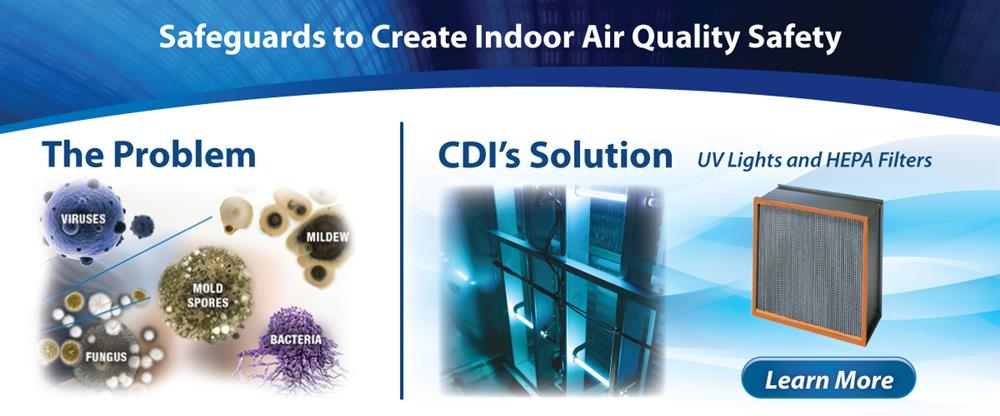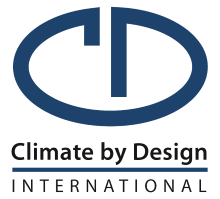
The CDC, OSHA, and ASHRAE have issued interim guidance for meat and poultry processors, businesses and employers responding to COVID-19. The CDC recommends that “facilities should consider consulting with a heating, ventilation, and air conditioning engineer to ensure adequate ventilation in work areas to help minimize workers’ potential exposures.”
Per ASHRAE, transmission of SARS-CoV-2 (COVID-19) through the air is sufficiently likely that airborne exposure to the virus should be controlled. Changes to building operations, including the operation of heating, ventilating, and air-conditioning systems, can reduce airborne exposures to SARS-CoV-2.
The CDC’s recommendations for maintaining a healthy work environment include:
- Increase ventilation rates.
- Ensure ventilation systems operate properly and provide acceptable indoor air quality for the current occupancy level for each space.
- Increase outdoor air ventilation, using caution in highly polluted areas. With a lower occupancy level in the building, this increases the effective dilution ventilation per person.
- Disable demand-controlled ventilation (DCV).
- Further open minimum outdoor air dampers (as high as 100%) to reduce or eliminate recirculation. In mild weather, this will not affect thermal comfort or humidity. However, this may be difficult to do in cold or hot weather.
- Improve central air filtration to the MERV-13 or the highest compatible with the filter rack, and seal edges of the filter to limit bypass.
- Check filters to ensure they are within service life and appropriately installed.
- Keep systems running longer hours, 24/7 if possible, enhance air exchanges in the building space.
In-duct air UVGI disinfection systems designed to reduce the spread of airborne infectious diseases (e.g., tuberculosis, influenza) in buildings with continuous occupancy and/or with immunocompromised populations (e.g., hospitals, prisons, homeless shelters) should be operated on a continuous basis. This solution works well as part of a multiple barrier approach to reducing transmission of viruses.
Learn more about how CDI’s Critical Process Air Handling and Dehumidification HVAC equipment can help you:
- Prevent condensation and food contamination hazards. By providing dry air, you can control threats to health, safety, product and a myriad of costs.
- Dry air is a solution to corrosion, bacteria, and mold.
- Use of UVGI as a part of a multiple barrier approach to reducing transmission of viruses for you sanitation and indoor air quality needs.
Additional Resources:
